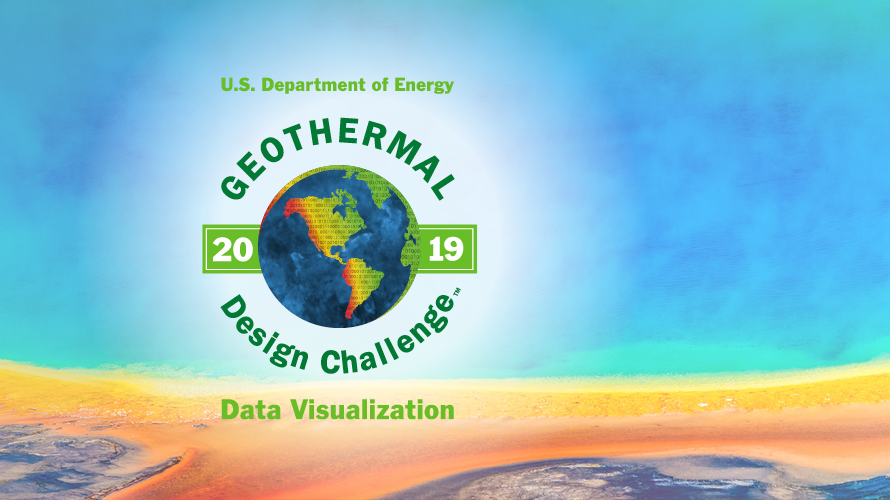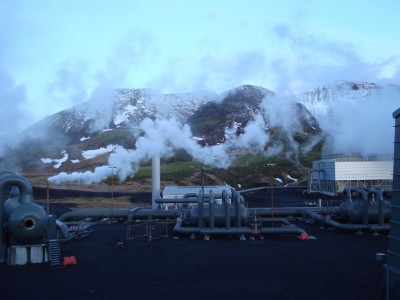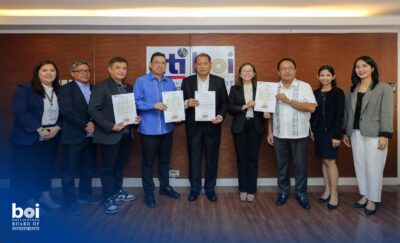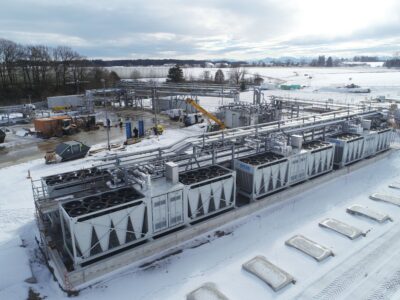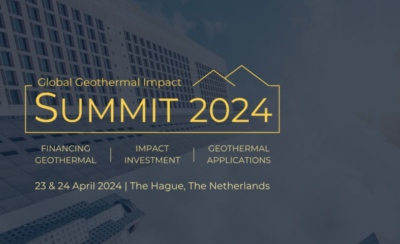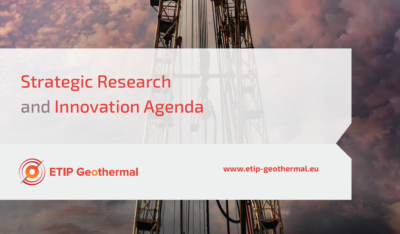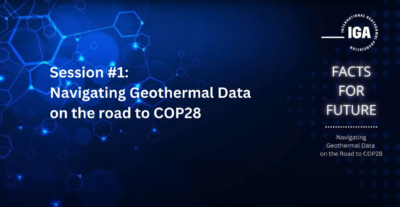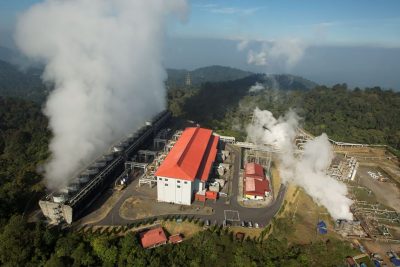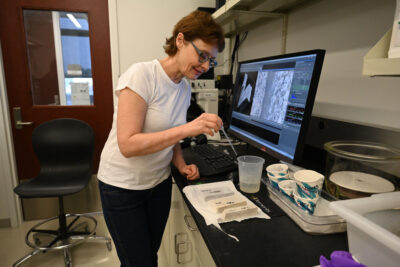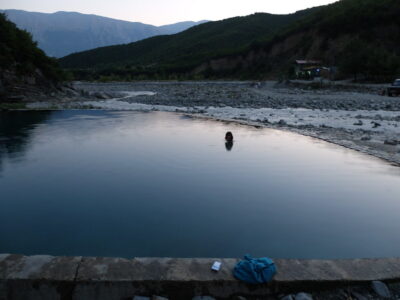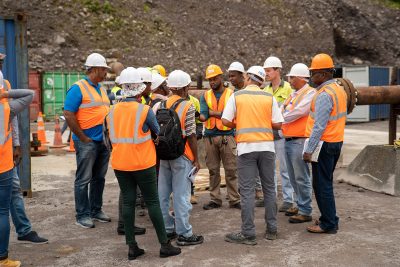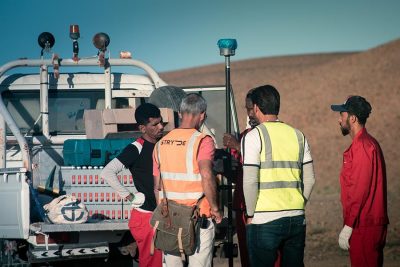U.S.: Geothermal Design Challenge (TM) – Student competition now open
The U.S. DOE's Geothermal Technologies Office (GTO), in partnership with the Frontier Observatory for Research in Geothermal Energy (FORGE) and the Idaho National Laboratory (INL), launch next student competition, GEOTHERMAL DESIGN CHALLENGE on data visualisation.
The U.S. Department of Energy (DOE) Geothermal Technologies Office (GTO), in partnership with the Frontier Observatory for Research in Geothermal Energy (FORGE) and the Idaho National Laboratory (INL), invites both high school and university (undergraduate & graduate) teams to explore the future of geothermal energy and visualize the world of geothermal energy by participating in the 2019 Geothermal Design Challenge™.
Teams of 2 or 3 members will research data, interpret information and create a data visualization portfolio that will tell a compelling story about geothermal energy.
Registration is OPEN NOW For the GEOTHERMAL DESIGN CHALLENGE™
Did you know . . .?
• Energy sources originating from beneath the Earth’s surface satisfy over 80% of total U.S. energy needs.
• Geothermal is one area of sub-surface energy that produces near-carbon-free energy.
• Geothermal has the smallest environmental footprint of all renewable energy sources.
Scenario
As a member of the FORGE project team you are tasked with siting a new geothermal well that will help researchers better understand man-made geothermal systems. Using the data provided, recommend an ideal subsurface location to create a sustainable subsurface heat exchanger. This critical step in FORGE’s site development will be the foundation of future R&D and operational efforts at the initiative.
Goal
Using the data provided, recommend a location within the FORGE footprint where we can create an enhanced geothermal reservoir with minimal environmental consequences. The location must be in granite (granitoid) and be between 175º and 225º Celsius.
- Use a combination of the data (at least 5) to gain an understanding of the site.
- Use the understanding you develop and the data to create 5-10 graphics to communicate your recommended location
Challenge question
Where do you target your next production well to maximize geothermal reservoir performance?
There are standard methodologies to cite geothermal wells, such as geological interpretation, geospatial analysis, etc. However other methods may offer opportunities and promise like advanced data analytics and machine learning. This data visualization challenge could provide opportunities that haven’t been explored yet.
What is needed . . .?
- A portfolio of data visualizations to support your case (5 minimum / 10 maximum)
- A maximum 1-page write up to explain your visualizations
Guidelines
Each visualization should. . .
- Support a single, consistent location of a new production well (Location must be in granite (granitoid) and be between 175º and 225º degrees Celsius.);
- Incorporate at least 2 of the data sets;
- Include data analysis as part of that incorporation;
- Be visually appealing and clean;
- Not be a direct output from a model or software package.
Each portfolio should. . .
- Support a single location of a new production well (Location must be in granite (granitoid) and be between 175º and 225º Celsius.);
- Contain at least 5 unique visualizations, and no more than 10 maximum;
- Visually represent the data sets in the visualizations;
- Have a cohesive visual theme;
- Clearly communicate the location of your proposed well and why it should be there, with minimal words and accompanying text.
- Should have a 1-page maximum accompanying summary.
But I don’t know anything about geothermal energy, or subsurface data. How could I possibly participate?
We are looking for unique perspectives. In other words, your lack of experience with this data is what we’re looking for and is a strength in this competition.
If you have any questions about the data or about geothermal energy and reservoirs, please reach out to the Challenge Team at Geothermalchallenge@inl.gov. In the meantime, take a look at the Resources below!
Eligibility
High school (9-12) and university (both undergraduate and graduate) students (full or part-time) enrolled at an accredited academic institution at the time of submission are eligible to participate. Only U.S. citizens are eligible to participate in the 2019 Geothermal Design Challenge™.
Teaming
Students are asked to form teams of no more than three members. All members must be eligible to participate in the same bracket (high school or university). Students are encouraged to find a team mentor.
Registration
You must register your team at Skild. Skild coordinates submissions and communication throughout the competition.
Software
Teams can utilize any data visualization software they choose, or a variety of software (public or private license). Some examples are:
- Tableau
- ArcGIS
- Python
- SAS
- R
- Excel
- Octave
- Earth Model Packages (e.g. Leapfrog, Petrel, Jewel Suite, etc.)
You are not limited to only the above software examples.
Timeline
• Registration: beginning January 7, 2019 (8 am ET)
• Submit portfolios: April 10, 2019 (10 pm ET)
• Winners announced: April 22, 2019.
Prizes
The top 3 winning teams will be awarded as follows: $5,000 for 1st place team / $3,500 for 2nd place team / $2,500 for 3rd place team.
Review criteria
Teams will be judged based on the following criteria:
- Creativity and innovation – Unique product, compelling to a broad audience, impact; such as utilizing standard geothermal data sets in non-traditional ways or using non-standard data sets in any type of analysis (25%)
- Analytical Depth – Logical, clear analysis with a range of complexity; such as using multivariate analysis or machine learning methods; geological reasonableness including what and how many features were used to select the location (25%)
- Design – Aesthetics, suitable design elements (25%)
- Communication – Clear story, answers the challenge theme; use of visualizations with minimal text; clear narrative to supplement visualizations (25%)
Source: Utah FORGE
